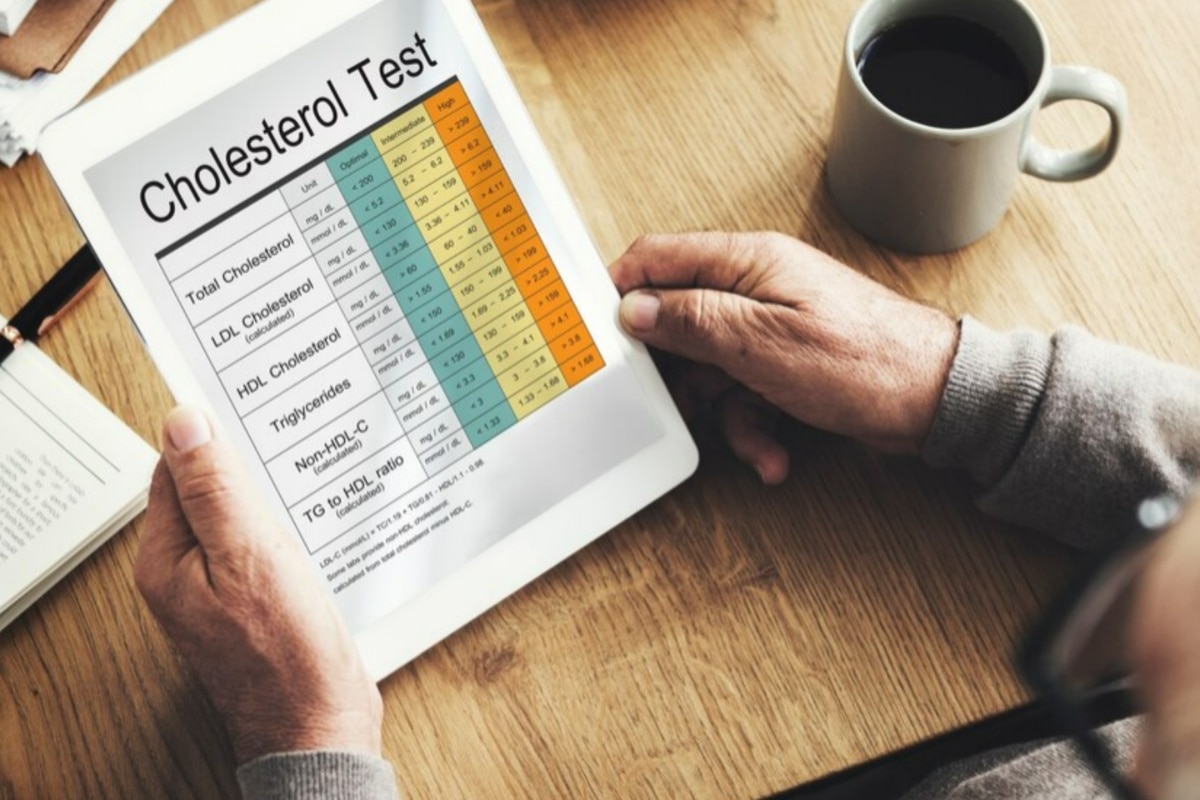The Cardiological Society of India has, for the first time, published a set of guidelines for cholesterol control.
The Cardiological Society of India (CSI) on Thursday released the first Indian guidelines for the management of dyslipidemia, a critical risk factor for cardiovascular and peripheral arterial diseases. This initiative will help address the unique challenges and variations in the prevalence of dyslipidemia across the country by incorporating extensive data.
Dyslipidemia, characterized by high total cholesterol, high LDL cholesterol (bad cholesterol), high triglycerides, and low HDL cholesterol (good cholesterol), is a critical risk factor for cardiovascular diseases such as heart attacks, strokes, and peripheral artery disease.
Dyslipidemia is also considered a “silent killer” as it has no symptoms and poses a high risk for heart attack, stroke, peripheral arterial disease, etc.
The new guidelines introduce some important changes and recommend that the primary focus should be on LDL cholesterol (also known as bad cholesterol), which contributes to plaque buildup in the arteries, but for patients with high triglycerides, the focus should be on non-HDL cholesterol.
New guidelines for lipid profile
- Move away from traditional fasting measurements and toward non-fasting lipid measurements to estimate risk and treatment.
- The guidelines recommend avoiding food options that contain high levels of sugar and carbohydrates, as they contribute more to blockages compared to consuming moderate fats.
- People who have had recurrent vascular problems, such as atherosclerosis or peripheral artery disease, within a two-year period are at extreme risk for serious illness, the guidelines say.
- The minimum cholesterol level should be less than 100 mg/DL (milligrams of sugar per deciliter).
People at high risk for dyslipidemia should try to maintain a lipid profile below 70 mg/dL of cholesterol.
